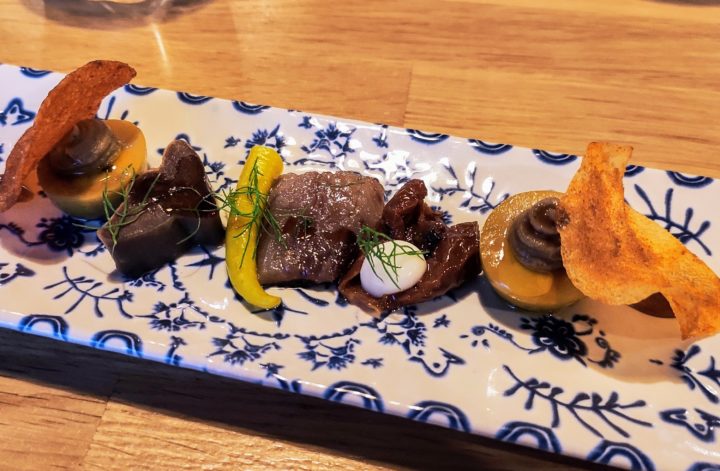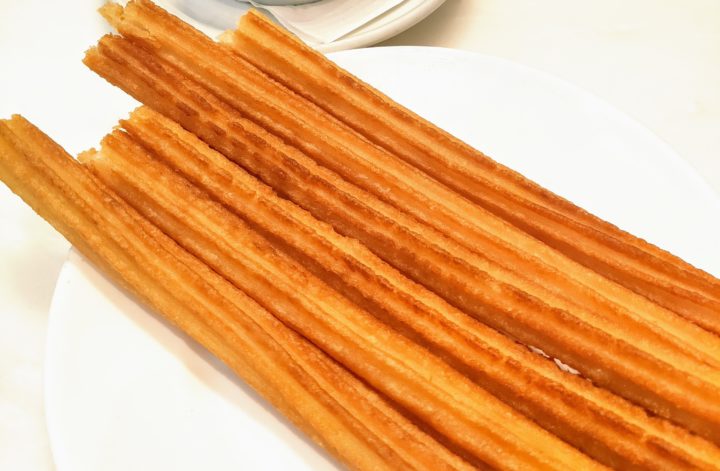Chorizo is one of the most famous Spanish dishes in the world. It is a type of sausage made from ground pork, distinguished by its striking red color. This color is thanks to a key ingredient – dried paprika. Paprika not only gives chorizo its color but also a variety of flavors. Depending on the paprika used, chorizo can range from mildly sweet to intensely spicy. The texture of chorizo can also vary. While some types are soft and juicy, others are harder and drier. Chorizo is thus one of the most versatile elements of Spanish cuisine.

History of chorizo
The roots of chorizo can be traced back to the period before Roman domination on the Iberian Peninsula. The introduction of paprika to Spain after the discovery of America in 1492 was crucial. In the Middle Ages, sausage-making was a common way to preserve meat. At that time, sausages were usually smoked or dried, giving them a long shelf life, which was essential in the era before modern refrigeration. The new ingredient significantly influenced the development of sausages prepared until then, giving chorizo its characteristic red color and variety of flavors. By the 16th and 17th centuries, chorizo had become a common part of Spanish cuisine.

Types of chorizo
Chorizo is prepared in various ways in different regions of Spain. Each region has its own specific recipe, differing in the type of spices used, processing method, and sometimes even the type of meat. Some of the most famous varieties of chorizo include:
- Chorizo de Pamplona: Originating from Navarre, this variant is known for its fine texture and intense flavor. It is made from very finely ground meat and is known for its high quality.
- Chorizo Riojano: This chorizo from the La Rioja region is protected by a geographical indication of origin. It is known for its balance between sweetness and spiciness, being moderately spicy. The whole sausage in the pictures above is the Riojano variant.
- Chorizo de Cantimpalos: This version from the province of Segovia is also protected by an indication of origin. It is known for its robust flavor and is often served as part of traditional Spanish tapas.
- Chorizo de León: Chorizo from the region of León is typical for its smoked aroma. Smoking is a key part of its production process. The sliced sausage in the pictures below is just the de León variant.
- Chorizo Gallego: From Galicia, this chorizo is often served in local dishes such as “lacón con grelos” (a combination of sausages and vegetables).
- Chorizo de Potes: This variety from Cantabria is known for its strong paprika flavor and is often used in traditional mountain dishes.
Each of these variants represents a unique combination of local ingredients, traditional production methods, and regional flavors.


Chorizo can be purchased everywhere in Spain. It is available both as whole sausages and in more practical packages of chorizo sliced into thin slices. Its price is not high, with a whole sausage costing approximately 3 Euros, and sliced chorizo in a 100-gram package costing around 1.50 Euros. If the chorizo is made from the meat of the noble Iberico breed, the price is higher.
Bon appetit!


